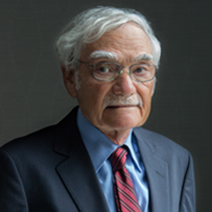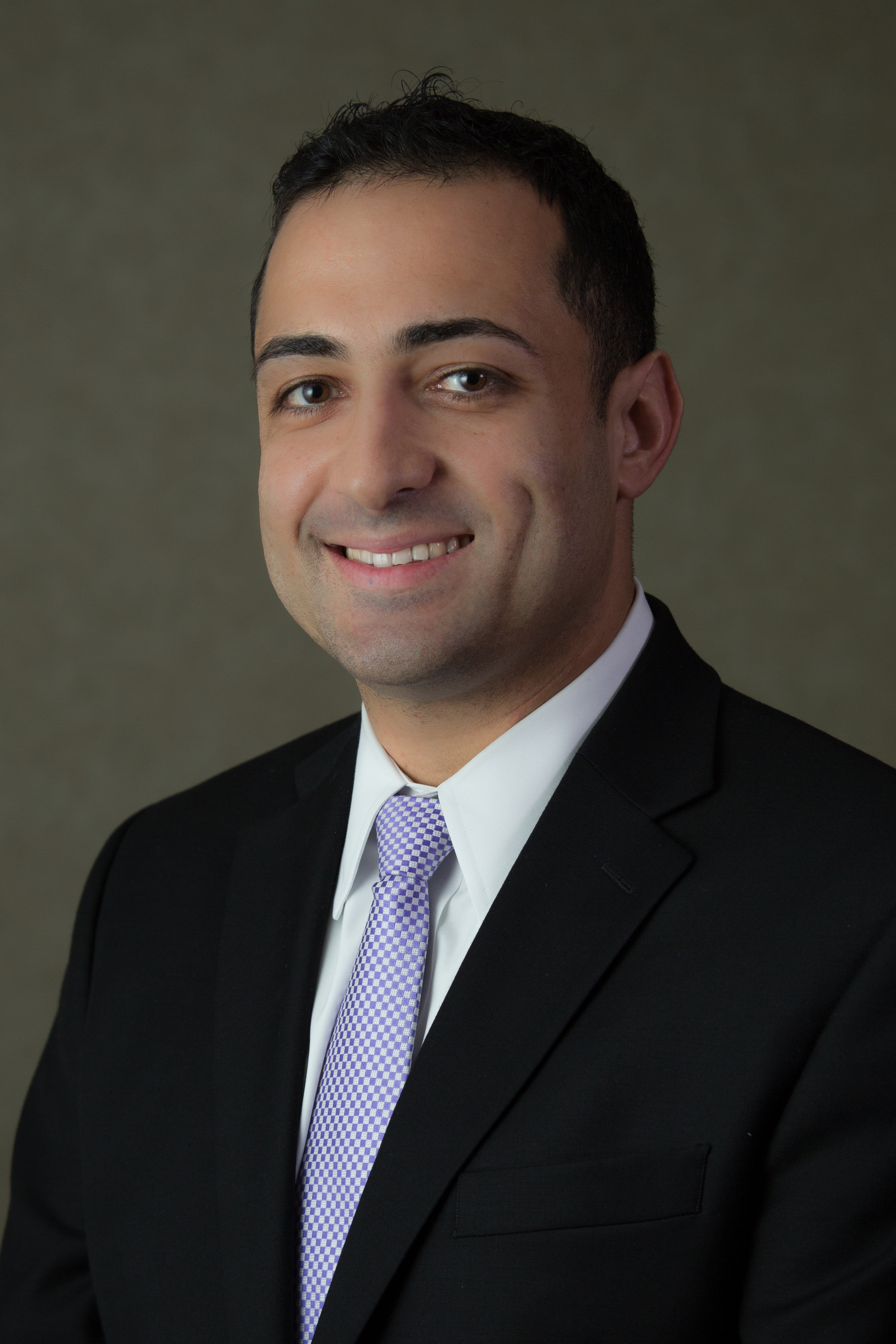A Reversal of Fortune
By: Robert P. Valletti, Esq.
The First Department reversed a grant of Summary Judgment in favor of defendants in the case of Augustyn v City of New York and in found in favor of the plaintiff instead.
In Augustyn, the plaintiff sustained injuries when he fell from a sidewalk bridge while engaging in lead paint removal work at a building owned by the City. Dean Builders Group, Inc. (Dean) was the general contractor, and plaintiff was the foreman for subcontractor AAAA Asbestos Abatement Services Corporation (AAAA). Dean and AAAA argued that the plaintiff was not engaged in covered work at the time because the removal of the paint did not constitute construction work and he was still in the preparation stage to perform this work to begin with. The First Department concluded, however, that the plaintiff was engaged in protected activity under Labor Law § 240 (1) at the time he fell from the sidewalk bridge because although he was not removing lead paint from a fire escape at the time of the fall, he was walking across the bridge to set up a tent in preparation for lead paint removal work at another fire escape, meaning that the work he was performing was part of the overall lead paint removal project and was performed at an elevated level, thus requiring proper protection from falling off the bridge.
This case is important in reaffirming the principle in New York Labor Law that if the work being performed is part of a larger, overall renovation project, defendants will be unable to argue that the activity was routine simple maintenance or necessary repairs to structures even though the activity may seem to be only maintenance or repairs when instantaneously examined. Routine maintenance and repairs are not typically covered activities under the Labor Law because those who are exposed to the dangers are not always “construction workers” or those engaged in “construction related activities.” The Labor Laws are designed to protect workers in those types of scenarios.
Notably, the plaintiff in Augustyn did not remember exactly how he fell, but “submitted evidence showing that he could have fallen when the sidewalk bridge partially collapsed under him, through an existing hole, or through a gap between the facade of the building and the bridge[;]” thus, the First Department still held that the plaintiff made a prima facie showing that the City and Dean violated Labor Law § 240 (1) by failing to provide adequate safety devices to guard against falls occurring in any of the mentioned ways, and that such violation proximately caused his injuries: “Under any of the proffered theories, plaintiff showed that the absence of protective devices proximately caused his injuries.” Defendants tried to argue that the Plaintiff was the “sole proximate cause” of his own injuries because he failed to use a safety harness that was available to him on site. The First Department held, however, that while the harnesses were available, they were to be used only while working on the fire escapes (which the plaintiff was not), the workers were not expected to use harnesses while on the sidewalk bridge and no such rigging existed for the use of harnesses on while workers traversed the scaffold bridge.
If you have been injured while working at a construction site, call the Construction Site Accident Attorneys at 1-888-GINARTE today. You may be entitled to money for your injuries. We have 25 experienced Construction Site Accident attorneys ready to get started on your case today. Put our 150 years of combined experience to work for you!













